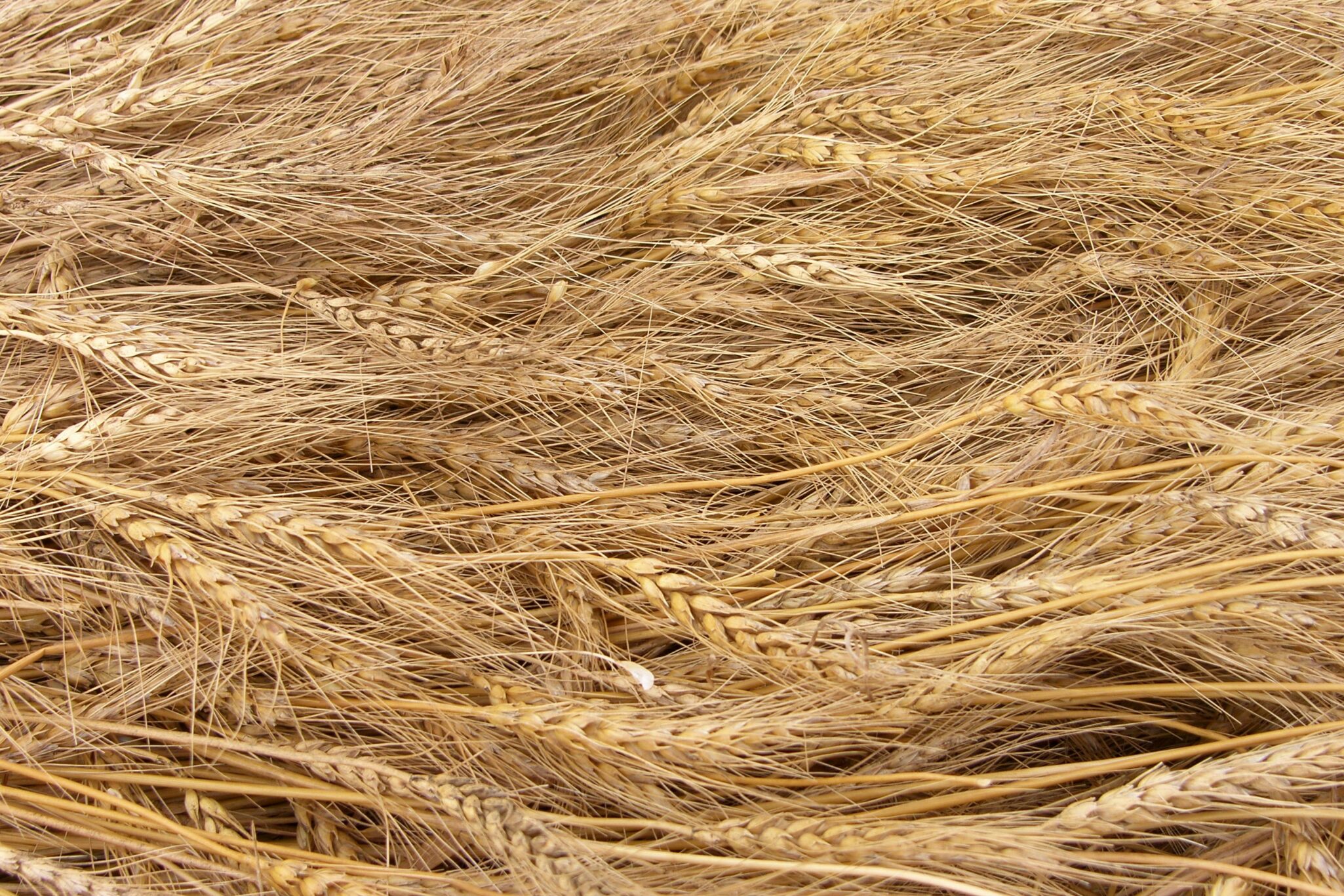Key Takeaways:
- Agricultural Commodities See Mixed Performance as Cocoa Falls and Cotton Surges
- Cocoa reversed last week’s gains, falling -13.09% amid volatility in global markets.
- Cotton prices jumped 10.51%, leading the weekly agriculture commodities rally.
- Grains saw a mild recovery, with wheat and soybeans both registering gains.
- Coffee and tea declined, continuing multi-week downward trends.
- Corn, oats, canola, and rapeseed recorded minor price decreases, while potatoes held steady.
📈 Summary Table: Weekly Agricultural Commodity Performance
(Based on latest available data as of July 7, 2025 from Trading Economics)
| Commodity | Price | Weekly Change | Direction |
|---|---|---|---|
| Wheat | USD 542.43 / Bu | +2.54% | ↑ Moderate Gain |
| Soybeans | USD 1039.27 / Bu | +1.47% | ↑ Moderate Gain |
| Corn | USD 420.28 / Bu | -0.12% | ↓ Slight Decline |
| Cotton | USD 66.94 / Lbs | +10.51% | ↑ Strong Gain |
| Potatoes | EUR 12.10 / 100KG | 0.00% | → No Change |
| Oat | USD 384.32 / Bu | -0.63% | ↓ Slight Decline |
| Coffee | USD 288.80 / Lbs | -6.22% | ↓ Decline |
| Canola | CAD 684.56 / T | -1.11% | ↓ Decline |
| Rapeseed | EUR 464.80 / T | -0.48% | ↓ Slight Decline |
| Cocoa | USD 7949.69 / T | -13.09% | ↓ Sharp Decline |
| Tea | INR 204.74 / Kg | -4.43% | ↓ Decline |
| Sugar | USD 16.37 / Lbs | +1.17% | ↑ Slight Gain |
Weekly Agricultural Commodities Market Overview
Developments from June 30 – July 4, 2025
Agricultural commodity markets delivered a mixed performance during the week ending July 4, 2025, with key grains showing modest improvement while soft commodities like cocoa and coffee experienced sharp pullbacks. The shift comes as global investors react to changing weather patterns, market corrections, and macroeconomic signals.
Cocoa Slides After Prior Week’s Surge
Cocoa prices dropped -13.09% to USD 7,949.69/tonne, marking a reversal from the previous week’s +9.36% gain. Volatility in West African supply markets and shifting speculative interest may have contributed to the sharp decline. Analysts suggest the fall reflects profit-taking and renewed concerns over demand elasticity at elevated price levels.
Cotton Leads Weekly Gains
Cotton prices surged +10.51% to USD 66.94/lbs, driven by strong export bookings and concerns over dry weather in key growing regions. The rally places cotton as the top-performing agricultural commodity of the week.
Grains: Wheat and Soybeans Rebound
Wheat rose +2.54% to USD 542.43/bushel, reversing the previous week’s -4.82% drop. Soybeans climbed +1.47% to USD 1,039.27/bushel. These modest gains reflect support from global supply risks and adjustments in fund positioning.
Corn remained largely stable, slipping only -0.12% to USD 420.28/bushel. Oats fell slightly by -0.63%, following prior weeks of steeper losses.
Oilseeds: Canola and Rapeseed Slip Again
Canola declined -1.11% to CAD 684.56/tonne, while rapeseed eased -0.48% to EUR 464.80/tonne. Both commodities continue to show sensitivity to global oilseed trends and production forecasts.
Soft Commodities: Coffee and Tea Continue Downward
Coffee declined -6.22% to USD 288.80/lbs, following a -7.73% drop the week before. Continued weakness in demand and speculative selling are contributing to downward pressure.
Tea also fell -4.43% to INR 204.74/kg, with no new drivers reported after the prior week’s losses.
Sugar and Potatoes Hold Steady
Sugar posted a modest gain of +1.17% to USD 16.37/lbs, maintaining a slow upward trend despite broader commodity softness. Potato prices remained unchanged at EUR 12.10/100KG.


